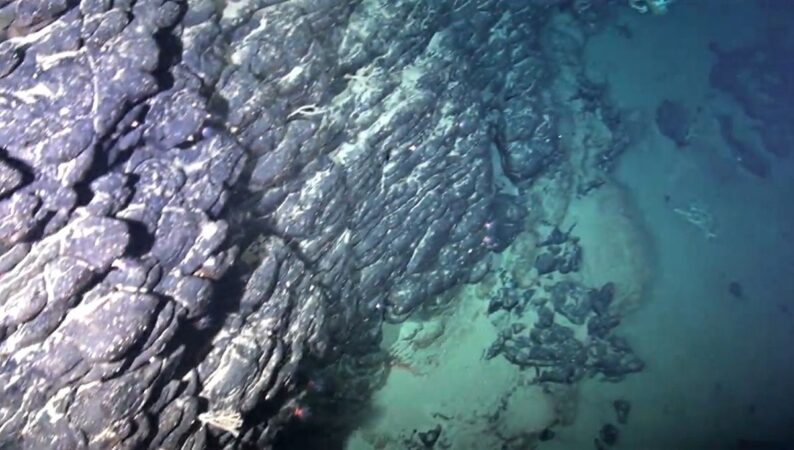A huge island off the coast of Brazil, which now lies at the bottom of the Atlantic Ocean, may contain vast reserves of rare earth elements and other precious metals. The submerged continental plateau, known as the Rio Grande Rise, formed as a volcanic ridge about 40 million years ago and was once a large tropical land mass covered with vegetation.
The Rio Grande Rise is located about 1,200 kilometers off the Brazilian coast, and covers about 150,000 square kilometers of ocean floor at depths ranging from 700 to 2,000 metres. But why is it considered an “island”?
A study published in the journal Scientific Reports conducted a new analysis of soil dredged from the platform that confirmed that the mountain range was an island. By evaluating the mineralogical, geochemical and magnetic properties of the sediment, scientists revealed that the sample consisted mainly of red clay, which corresponds to… The distinctive red earth found in many parts of the state of São Paulo.
The elements found showed that the clay was formed as a result of intense chemical weathering of volcanic rocks in a hot, humid climate, with active volcanoes – and the researchers concluded that the platform was exposed to the elements during the Eocene epoch, which lasted until about 35 years ago. Million years ago, it was characterized by tropical conditions.
“Our investigation and analysis allowed us to determine that it was in fact an island,” study author Luigi Giovan said in a statement. “Geologically, we discovered that the clay was formed after the last volcanic activity that occurred 45 million years ago. “So the formation dates back to between 30 and 40 million years ago and within these tropical conditions,” he added.
But the island is much more than just a target for scientific investigations: it promises to become a highly sought-after location. Why? Because it is rich in valuable minerals such as cobalt, lithium and nickel, in addition to highly valuable rare earth elements such as tellurium, which has sparked great interest in extracting natural resources.
The problem is that the platform is located in international waters, which is why it is “subject” to the International Seabed Authority. The Brazilian government has already requested that its continental shelf be legally extended to include the “island”. However, the chance of it being approved is slim, as the United Nations Convention on the Law of the Sea (UNCLOS) states that no country can have more than 200 nautical miles of maritime territory beyond its coast.
“To know whether it is possible to extract resources from the seabed in a viable way, we need to analyze the sustainability of this extraction and its impacts,” Govan revealed. “When you intervene in an area, you need to know how this will affect the fauna, benthos and coral reefs, and understand the impact of this on the cumulative processes involved,” the researcher concluded.

“Hardcore alcohol maven. Hipster-friendly analyst. Introvert. Devoted social media advocate.”


